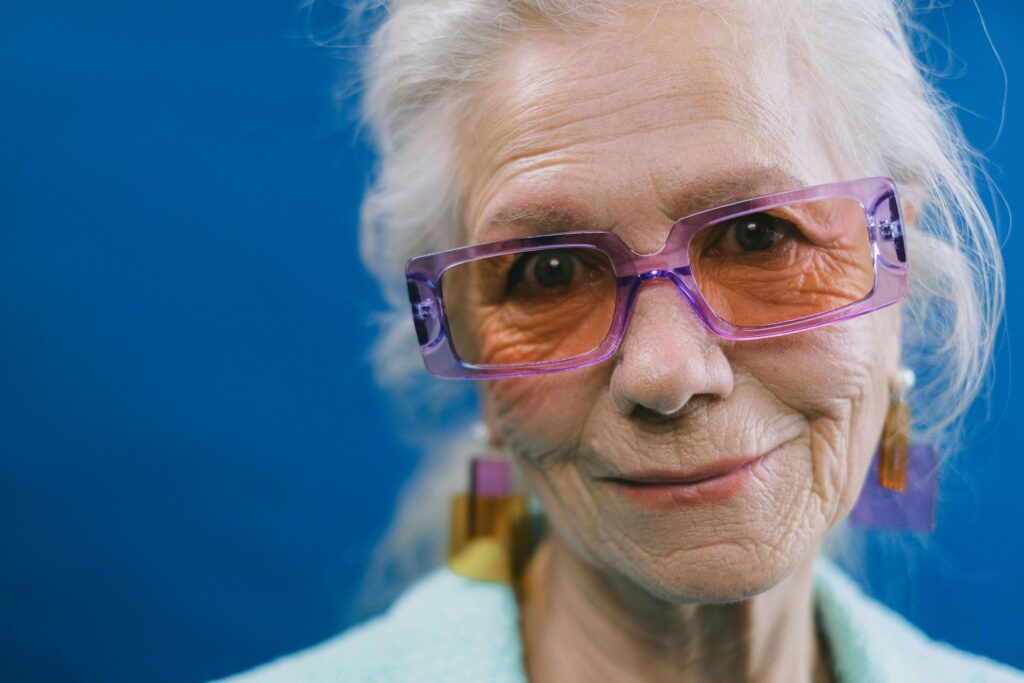As women age, they often encounter various health challenges, one of which is pelvic floor dysfunction. This condition can lead to issues such as urinary incontinence, pelvic pain, and decreased quality of life. Pelvic floor occupational therapy offers a specialized approach to managing and improving these conditions, providing significant benefits for older women. This therapy focuses on strengthening the muscles of the pelvic floor, enhancing bladder control, and improving overall pelvic health.
Pelvic floor dysfunction is not an inevitable part of aging, but it is common among older women. Factors such as menopause, childbirth, and even prolonged periods of sitting can weaken the pelvic floor muscles. Occupational therapists work with patients to identify the specific causes of their pelvic floor issues and develop personalized treatment plans. These plans often include exercises to strengthen the pelvic floor muscles, techniques to improve bladder control, and lifestyle modifications to reduce symptoms.
One of the key benefits of pelvic floor occupational therapy is the improvement of bladder control. Urinary incontinence is a prevalent issue among older women, affecting their confidence and daily activities. Through targeted exercises and behavioral strategies, occupational therapists help women regain control over their bladder function. This not only reduces the frequency of incontinence episodes but also enhances overall quality of life by allowing women to participate more fully in social and physical activities without fear of accidents.
Pelvic pain is another common issue that can significantly impact the lives of older women. Pelvic floor occupational therapy addresses this pain through a combination of manual therapy, exercises, and education on proper body mechanics. Therapists teach women how to relax and strengthen the pelvic muscles, improve posture, and perform activities in a way that minimizes pain. This holistic approach not only alleviates pain but also empowers women with the knowledge and skills to manage their condition independently.
In conclusion, pelvic floor occupational therapy offers a comprehensive and effective solution for older women experiencing pelvic floor dysfunction. By focusing on strengthening the pelvic floor muscles, improving bladder control, and alleviating pelvic pain, this therapy enhances the overall well-being and quality of life for older women. Empowering women with the tools and knowledge to manage their pelvic health can lead to greater independence, confidence, and a more active lifestyle. For older women struggling with pelvic floor issues, seeking the help of a specialized occupational therapist can be a transformative step towards better health and vitality.
